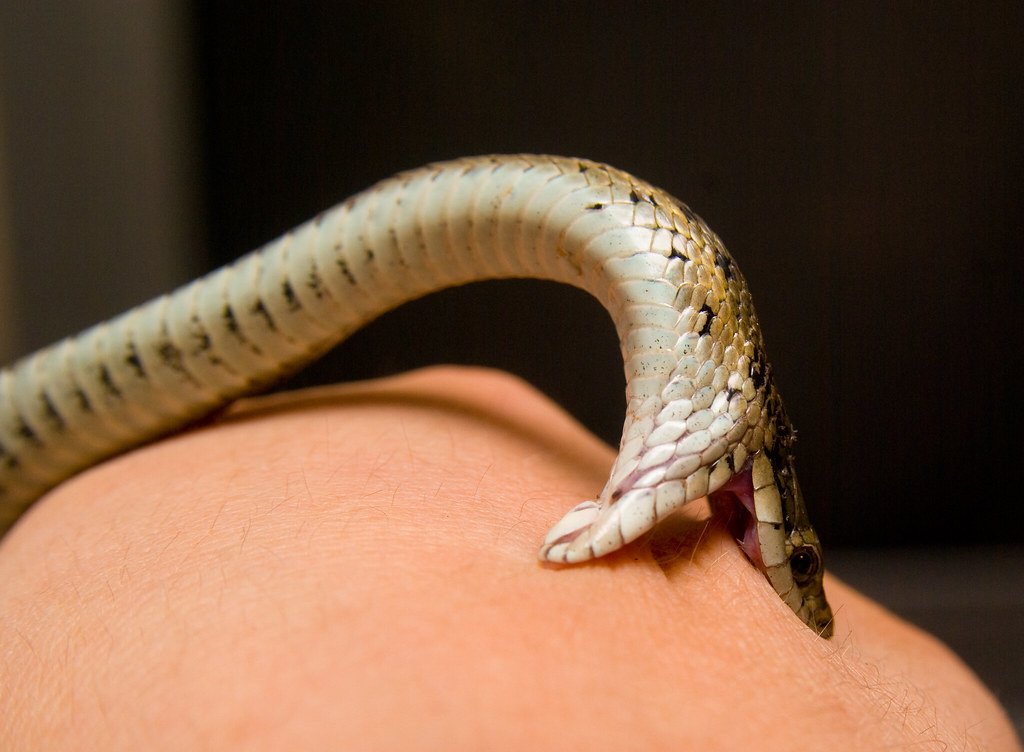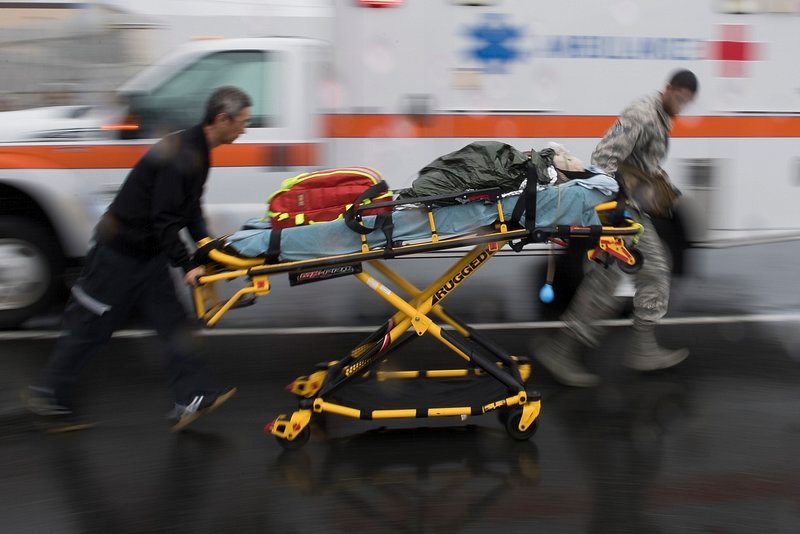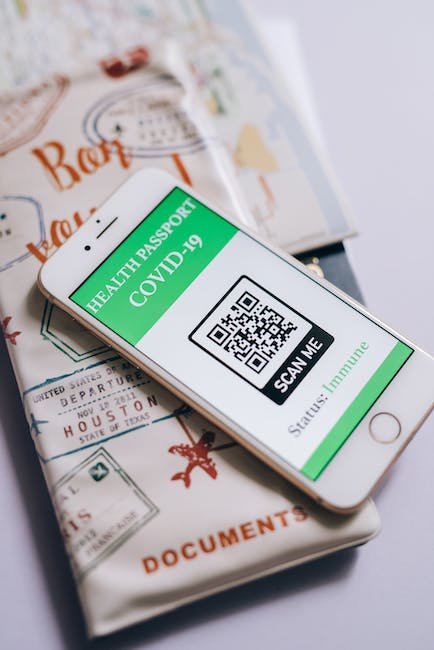Now Reading: How to Treat Common Injuries in the Wild
-
01
How to Treat Common Injuries in the Wild
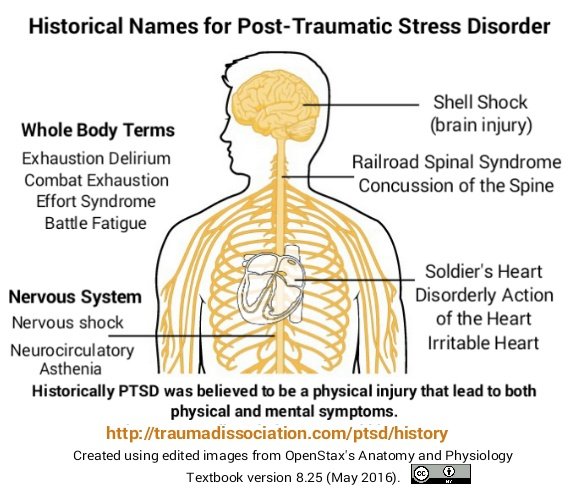
How to Treat Common Injuries in the Wild
When you venture into the wild, you embark on a journey that excites the senses and renews the spirit. Amidst the breathtaking landscapes and untamed beauty, a sense of freedom envelopes you. However, this untamed realm comes with its own set of risks, where common injuries can spark a battle for survival. From sprained ankles to unexpected cuts, mastering the art of treating these injuries becomes paramount in ensuring your safe passage through nature’s wonders. Drawing on centuries of wisdom passed down from seasoned explorers, this article uncovers the secrets to effectively treating common injuries in the wild. So, whether you are a thrill-seeking adventurer or simply enjoy the occasional hike off the beaten path, prepare yourself to become a skilled healer in nature’s open arms.
Table of Contents
- Recognizing Common Injuries in the Wild
- Immediate Actions to Take in Case of Injury
- Essential First Aid Techniques for Wilderness Injuries
- Important Considerations for Treating Injuries without Medical Assistance
- Preventive Measures and Safety Guidelines in Outdoor Adventures
- Q&A
- Concluding Remarks

Recognizing Common Injuries in the Wild
Identifying Common Injuries in the Wild
When venturing into the great outdoors, it’s important to be aware of the potential injuries that can occur. Here are some common injuries you might encounter:
- Twisted Ankles: The uneven terrain of the wilderness can easily lead to a twisted ankle. Take caution and watch your step to avoid this common injury. If it does happen, remember to rest, elevate, and use ice to reduce swelling.
- Cuts and Scrapes: Thorns, sharp rocks, or even branches can cause minor cuts and scrapes. Clean the wound thoroughly, apply a sterile dressing, and keep an eye out for any signs of infection.
- Snake Bites: While snake encounters are rare, it’s essential to know the signs of a venomous snake bite. If you’re bitten, try to stay calm and immobilize the affected area. Seek immediate medical attention.
No matter the injury, it’s always a good idea to pack a well-stocked first aid kit and familiarize yourself with basic wilderness first aid techniques. Remember, prevention and preparedness are key to staying safe while exploring nature’s wonders.
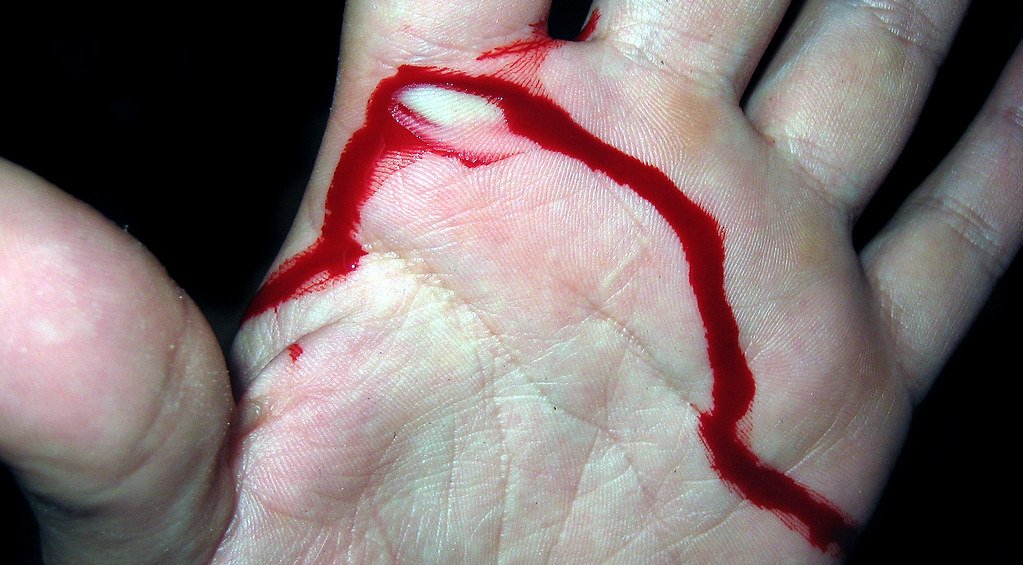
Immediate Actions to Take in Case of Injury
Injuries can occur unexpectedly and it is crucial to know what immediate actions to take in these situations. Remember, quick and appropriate actions can make a big difference in someone’s well-being. Here are some key steps to consider:
1. Assess the Situation:
First and foremost, ensure the safety of yourself and others around you. Remove any potential hazards that might further harm the injured person. If the situation necessitates, call emergency services for professional medical assistance.
2. Provide Basic First Aid:
Gently evaluate the injured person’s condition and provide immediate first aid as necessary. This might include applying pressure to stop bleeding, stabilizing broken bones, or protecting wounds with clean dressings. Remember to remain calm and reassure the injured person, as your presence can be a source of comfort.
3. Seek Medical Help:
Depending on the severity of the injury, it is essential to seek prompt medical attention. Inform healthcare professionals about the nature of the injury and provide any relevant details. Follow their instructions carefully and ensure the injured person receives the necessary medical treatment promptly.
Remember, these steps are general guidelines and should not substitute professional medical advice. It is always recommended to consult a healthcare professional for your specific situation.
Stay vigilant and prepared, as knowing what immediate actions to take in case of an injury can truly make a difference!
Essential First Aid Techniques for Wilderness Injuries
Essential Techniques for Handling Wilderness Injuries
When venturing into the great outdoors, it’s crucial to be prepared for any potential injuries that may occur. With limited access to medical facilities, knowing basic first aid techniques can make all the difference. Here are some vital skills to have in your wilderness survival toolbox:
- Stop the Bleeding: Immediately apply direct pressure to the wound using a clean cloth or your hand. Elevate the injured area if possible to reduce blood flow. If bleeding persists, consider using a tourniquet as a last resort.
- Treating Fractures: Immobilize the injured limb using splints or available materials like sturdy branches and clothing. Secure the splints firmly above and below the fracture site to prevent unnecessary movement.
- Dealing with Burns: Run cool water over the burn for at least 10 minutes to alleviate pain and prevent further damage. Carefully remove any clothing or jewelry near the affected area, excluding anything stuck to the skin. Cover the burn with a sterile, non-stick dressing to prevent infection.
Remember, these techniques are merely a starting point and may vary depending on the severity and nature of the injury. It is always recommended to seek professional medical help as soon as possible after stabilizing the patient. Being equipped with these essential first aid skills can help ensure a safer and more enjoyable wilderness experience for you and your fellow adventurers.
Important Considerations for Treating Injuries without Medical Assistance
When it comes to treating injuries without medical assistance, there are several important considerations that should be taken into account. These considerations can help ensure that the treatment given is appropriate and that the injury does not worsen.
- Assess the severity of the injury: Before attempting any treatment, it is crucial to assess the severity of the injury. Determine if it requires immediate medical attention or if it can be managed at home. Remember, severe injuries such as deep wounds or fractures should always be examined by a medical professional.
- Follow the R.I.C.E method: The R.I.C.E (Rest, Ice, Compression, Elevation) method is a common treatment approach for mild to moderate injuries. Once you’ve determined that the injury doesn’t require medical assistance, apply this method to reduce pain and swelling. Rest the affected area, apply ice to reduce inflammation, use compression to support the injury, and keep the injured limb elevated whenever possible.
- Keep the area clean: Cleanliness is crucial to prevent infections. If the injury involves an open wound, make sure to clean it thoroughly with mild soap and water. Use a clean bandage or dressing to cover the wound and change it regularly.
- Monitor for signs of infection: Even with proper care, there’s always a risk of infection. Watch for redness, increased pain, pus, or fever, as these could be signs of an infection. If you notice any of these symptoms, seek medical attention promptly.
- Know when to seek medical help: While it may be possible to treat some injuries at home, it’s crucial to know when to seek medical assistance. If the injury doesn’t improve within a reasonable time frame, if there is severe pain, loss of function, or persistent bleeding, it is recommended to consult a healthcare provider to avoid further complications.
By considering these important points, you can confidently approach treating injuries without medical assistance. Remember, however, that these recommendations are general in nature, and it is always best to consult a healthcare professional for personalized advice.
Preventive Measures and Safety Guidelines in Outdoor Adventures
When embarking on exciting outdoor adventures, it is crucial to prioritize safety to ensure an enjoyable and incident-free experience. Here are some preventive measures and safety guidelines to keep in mind:
- Plan Ahead: Before setting off on your outdoor escapade, research and gather information about the area, such as trail difficulty, weather conditions, and wildlife presence. This will help you make informed decisions and prepare accordingly.
- Proper Gear: Always invest in high-quality gear and equipment that are suitable for your chosen activity. Whether it’s hiking boots with good ankle support, a helmet for biking, or a life jacket for water activities, having the right gear can significantly reduce the risk of accidents or injuries.
- Stay Hydrated: Outdoor adventures can be physically demanding, so it’s important to stay hydrated throughout your journey. Carry an ample supply of water and remember to drink regularly.
- Emergency Preparedness: Prepare for unexpected situations by packing essential first aid supplies, a map, a compass, and extra food. Familiarize yourself with basic first aid techniques to effectively handle minor injuries or illnesses.
- Check Weather Conditions: Keep a close eye on the weather forecast and be prepared to adjust your plans accordingly. Extreme weather conditions can pose significant risks and may require rescheduling or altering your route.
Safety should always be at the forefront of your mind when embarking on outdoor adventures. By following these preventive measures and safety guidelines, you can ensure a memorable experience while minimizing any potential risks.
Q&A
How can I treat a sprained ankle while out in the wild?
To treat a sprained ankle in the wild, start by resting the injured foot. Apply ice or a cold compress to reduce swelling, and elevate the leg if possible. Use an elastic bandage or a makeshift splint to provide support and limit movement. Seek medical help as soon as you can.
What should I do if I come across someone with a deep cut?
If you encounter someone with a deep cut in the wild, make sure to apply pressure to stop the bleeding. Clean the wound with lukewarm water if available and cover it with a clean cloth or sterile bandage. Seek professional medical attention to ensure proper cleaning, disinfection, and potential stitches.
How can I tend to a burned hand without access to traditional first-aid supplies?
In the absence of traditional first-aid supplies, rinse the burn under cool, running water for about 10 minutes to remove heat and ease pain. Use a clean, non-fluffy cloth or any available fabric to gently cover the burn to prevent infection. Keep the hand elevated if possible and find medical assistance as soon as you can.
What should I do if someone gets stung by a bee or bitten by a snake in the wilderness?
If someone gets stung by a bee, carefully remove the stinger by scraping it off with a blunt object. Apply a cold compress or ice to reduce swelling and take an antihistamine if available. Regarding snake bites, keep the victim calm and immobilized. Use a clean cloth or bandage to tightly wrap the wound, and seek immediate medical help.
How can I treat a minor burn without any first-aid supplies?
For minor burns without first-aid supplies, rinse the burn with cool running water to relieve heat and pain. Avoid ice and apply aloe vera if accessible. Use a clean cloth to cover the burn and protect it from dirt and infection. If necessary, pain relievers can be taken orally. Seeking professional care is still recommended.
Concluding Remarks
As we conclude our guide on how to treat common injuries in the wild, we hope that you have gained valuable insights into the art of survival. Remember, nature is a magnificent yet unpredictable force, capable of both enchanting and challenging us in equal measure. By equipping yourself with the knowledge to address the unexpected, you stand as a guardian of your own well-being and that of those around you.
From the treacherous terrains of towering mountains to the meandering trails of lush forests, the great outdoors beckons with endless possibilities. As you embark on your next adventure, be prepared to face the unforeseen. Tread lightly and let your newfound wisdom accompany you on the path less traveled.
While our humble words cannot replace the guidance of experienced medical professionals, we hope that our carefully curated tips have provided a semblance of comfort amidst the wild unknown. However, always remember that seeking professional help is paramount when faced with severe injuries or uncertain circumstances.
To all the brave souls who choose to embrace nature’s embrace, we salute you. May your journeys be filled with wonder and serenity, and may you always find solace in your own resourcefulness. As you venture forth, armed with the spirit of resilience and the knowledge of first aid, let us celebrate the great wilderness that binds us all.
So, go forth with confidence, daring wanderer. Let not the wild intimidate you, for now you possess the tools to heal, to adapt, and to emerge triumphant from the most challenging of situations. The world awaits your footsteps, your ingenuity, and your unwavering commitment to conquer the unknown.
Safe travels, intrepid explorers, and may your adventures be filled with awe-inspiring encounters and remarkable stories to share. The wilderness shall forever be your playground, and with the knowledge you have gained, you can now navigate its twists and turns with unparalleled grace.
Farewell, for now, fellow adventurers. Until we meet again amidst the untamed beauty of the wild, stay curious, stay courageous, and never cease to explore the depths of your own potential.
As an affiliate, my content may feature links to products I personally use and recommend. By taking action, like subscribing or making a purchase, you’ll be supporting my work and fueling my taco cravings at the same time. Win-win, right?
Want to read more? Check out our Affiliate Disclosure page.



